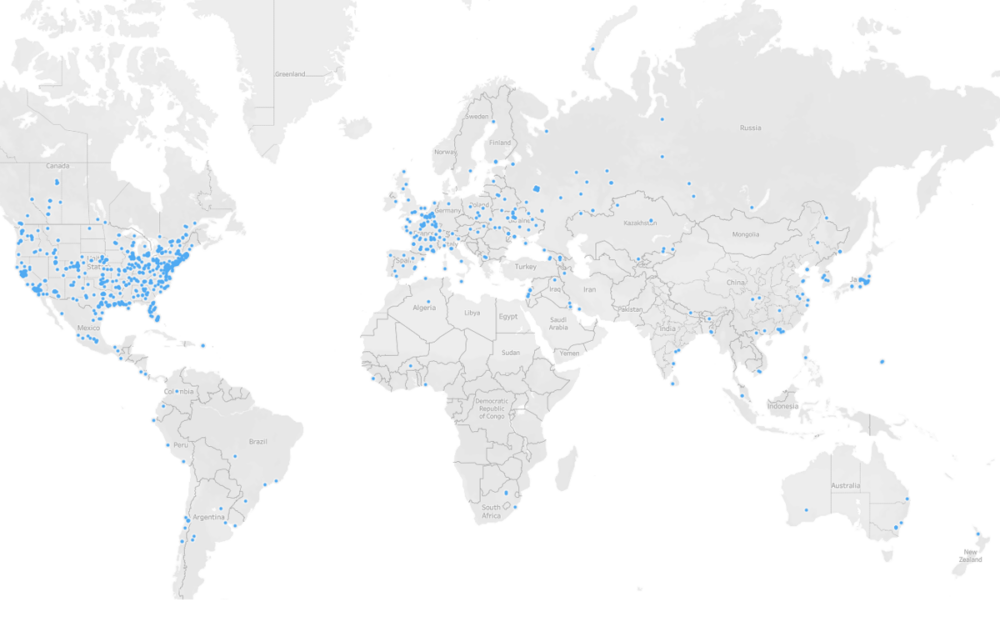Replacing Cesium-137 Irradiators: Lifecycle Cost and Liability Considerations
Part of Preventing a Dirty Bomb: Radiological Security for Hospitals and Research Centers

Major Lifecycle Cost
Considerations for Cesium-137 Irradiators and X-ray Irradiators
Hospitals and research
centers in the United States and around the world are addressing concerns about
radiological security, safety, and liability by replacing irradiators that use radioactive
cesium-137 with safe and effective X-ray technology.
This paper by NTI Senior Consultant Ioanna Iliopulos, outlines major
lifecycle cost considerations for making the switch.
Use this worksheet template to help you decide if replacing cesium-137 irradiators with x-ray
technology is the right step for you.
Institutions are Liable
The cost of the risk
posed by radioactive devices is seldom used to justify replacing cesium-137
irradiators, but the intentional misuse of a cesium-137 or any other
high-activity radioactive source could result in significant economic
damages. The liability costs related to
sealed source possession and use should be factored into an institution’s
decision to continue using or to replace a radioactive source with an
available alternative technology. In the United States for example, very few
user facilities have insurance coverage (general liability and excess policies
cover) for this contingency and are not aware that their institution could
potentially be held liable for tens of billions of dollars. The purchase of insurance coverage, if
available, is very costly, leaving most facilities exposed to first-party and/or
third-party liability if a cesium-137 irradiator was stolen from a medical or
research institution for malevolent intent. Institutions that don’t have
insurance to cover such a devastating event could have to pay huge damages and
might face bankruptcy. This liability exposure is completely removed if a facility
switches to a non-gamma-based technology, such as X-ray. Read more about
liability “here” in two Government Accountability (GAO) Reports:
2017 GAO Report:
TERRORISM RISK INSURANCE
Market Challenges May Exist for Current Structure and Alternative Approaches
2008 GAO Report:
TERRORISM INSURANCE
Status of Coverage Availability for Attacks Involving Nuclear, Biological,
Chemical, or Radiological Weapons
Ready to make the switch to a safe technology?
View a list of commercially available technologies and contact the Office of Radiological Security ([email protected]) to find out if you
qualify for federal funding help through the Cesium Irradiator Replacement Project (CIRP).
Click here to return to the Preventing a Dirty Bomb resources page.
Explore the Collection
Replacing Cesium-137 Irradiators: Alternative and Emerging Technology
Your are currently on
Replacing Cesium-137 Irradiators: Lifecycle Cost and Liability Considerations
Replacing Cesium-137 Research Irradiators
Preventing a Dirty Bomb: Case Studies and Lessons Learned
Replacing Cesium-137 Irradiators: Leaders Taking Steps
Stay Informed
Sign up for our newsletter to get the latest on nuclear and biological threats.

The 2023 NTI Nuclear Security Index
“The bottom line is that the countries and areas with the greatest responsibility for protecting the world from a catastrophic act of nuclear terrorism are derelict in their duty,” the 2023 NTI Index reports.

Overview of The CNS Global Incidents and Trafficking Database
The only public database of its kind, includes global nuclear & radiological security trends, findings, policy recommendations, and interactive visualizations.
CNS Global Incidents and Trafficking Database Archived Reports and Graphics
Archives of Global Incidents and Trafficking Database, 2013-2018. (CNS)
